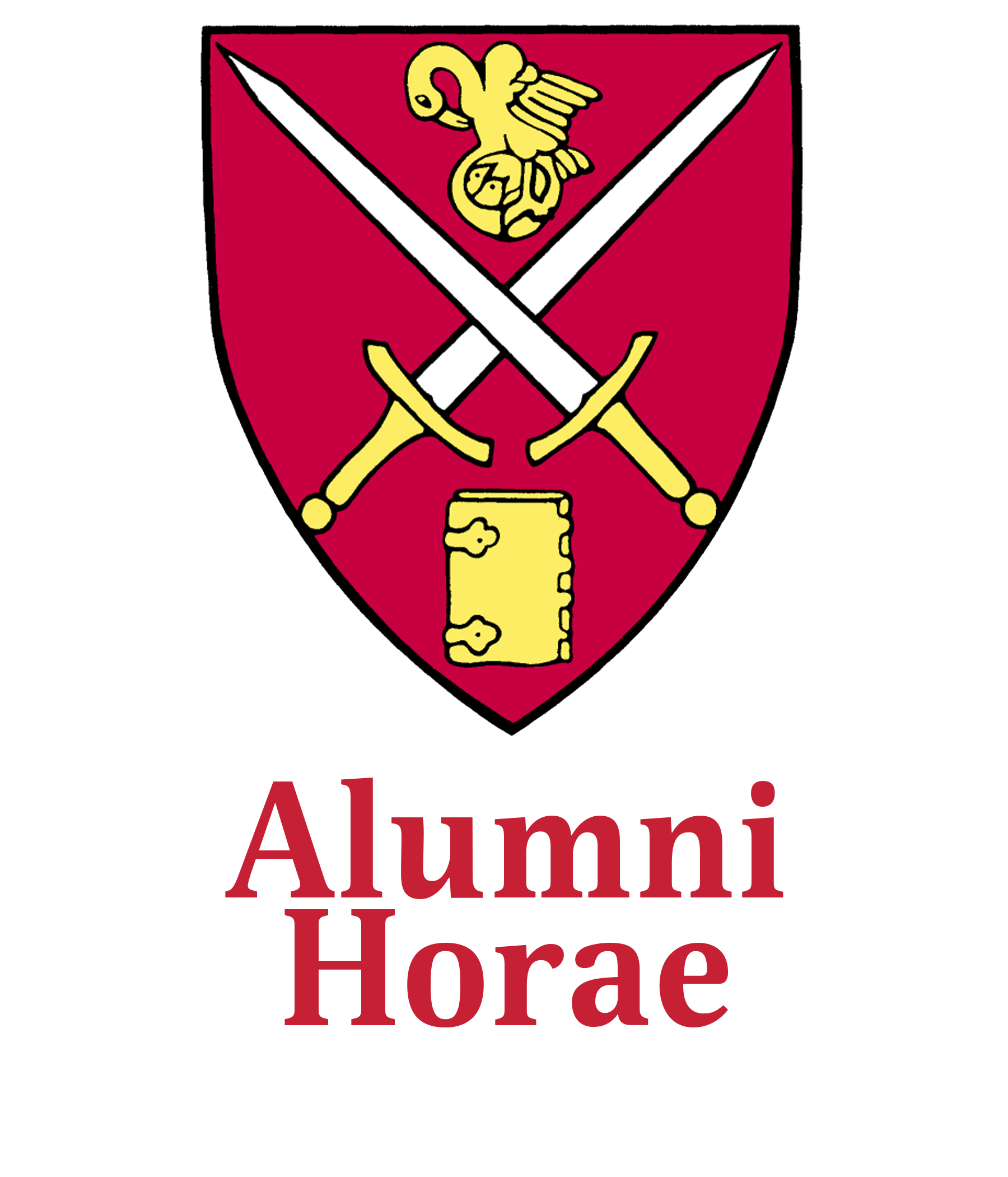Profile: A Spring to Remember
Adjusting to the new normal in Manhattan.
Dimitri Sevastopoulo ’60
Every four years, to mark the Leap Year wedding anniversary of close friends, my wife, Cathy, and I are invited to a large dinner party at a restaurant on Lafayette Street in Manhattan. This year, because our friends were away on February 29, they planned the celebration for March 8, the first day of daylight savings time and the front end in the U.S. of the COVID-19 pandemic. The reasons I shall recall this evening include the casual ways so many of us greeted one another – hugs, kisses, handshakes – and the fact that, on March 16, Cathy tested positive for coronavirus. As we learned later, the gentleman sitting across the table from Cathy became infected, as did his wife, who was seated next to me, and two ladies who were across the table from me. At the time of Cathy’s diagnosis, our physician believed I also had been infected despite having appeared asymptomatic.
Cathy’s symptoms were a high fever for a few days, followed by eight or nine days of a stubborn, low-grade fever. Toward the end of Cathy’s illness, our doctor, a rheumatoid arthritis specialist, called with concern that the fever was taking so long to abate and said he wanted to prescribe hydroxychloroquine. Sensitive to my own concerns about this drug, he told me he had patients who had been taking it for years to stabilize cases of rheumatoid arthritis. He told me he had no access to the medication. I began calling pharmacies in my neighborhood and finally located one that had the drug in stock. In retrospect, we have no idea whether this medication advanced Cathy’s recovery. Cathy is fully recovered and we have since learned that both she and I tested positive for the antibodies that should protect us from infection for an indeterminate amount of time.
The last few weeks in Manhattan have been surreal. One morning, I was looking for a taxi to take me home from our local Whole Foods, when I observed a young man with a camera, in the middle of Third Avenue, aiming his lens downtown, where there was not a car to be seen. Governor Andrew Cuomo had not yet announced the compulsory wearing of masks in public, but many people were already masked. With the exception of grocery stores and bodegas, all commercial enterprises have been shuttered, but for the many restaurants now offering takeout.
Bank branches have irregular hours, while supermarkets prioritize over-70s early in the morning. The number of customers allowed inside a store is limited by management and enforced by security. Buses are empty and drivers are separated from the passengers by a thick yellow plastic chain, which means fares are not collected. I have not been on the subway since early March. The tree beds outside our building were planted with masses of colorful tulips, and the lovely, tall, cup-shaped blooms provide spring comfort.
Here in Manhattan, every evening at 7 p.m., whoever is on a sidewalk, whoever has opened a window, whoever is driving a truck, a bus or a car, claps, cheers, bangs a pot, honks a horn to honor the thousands of healthcare workers on the front lines.

